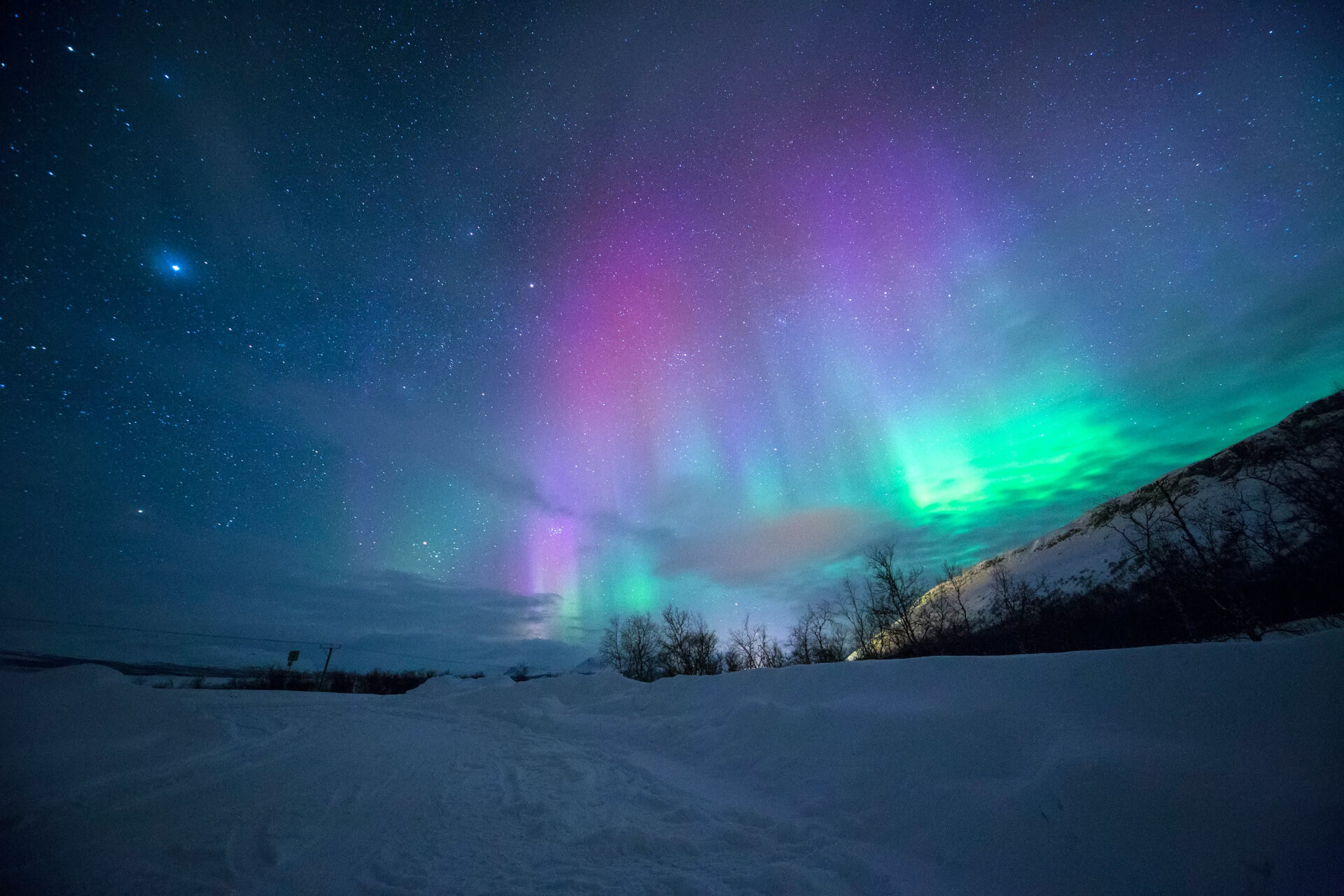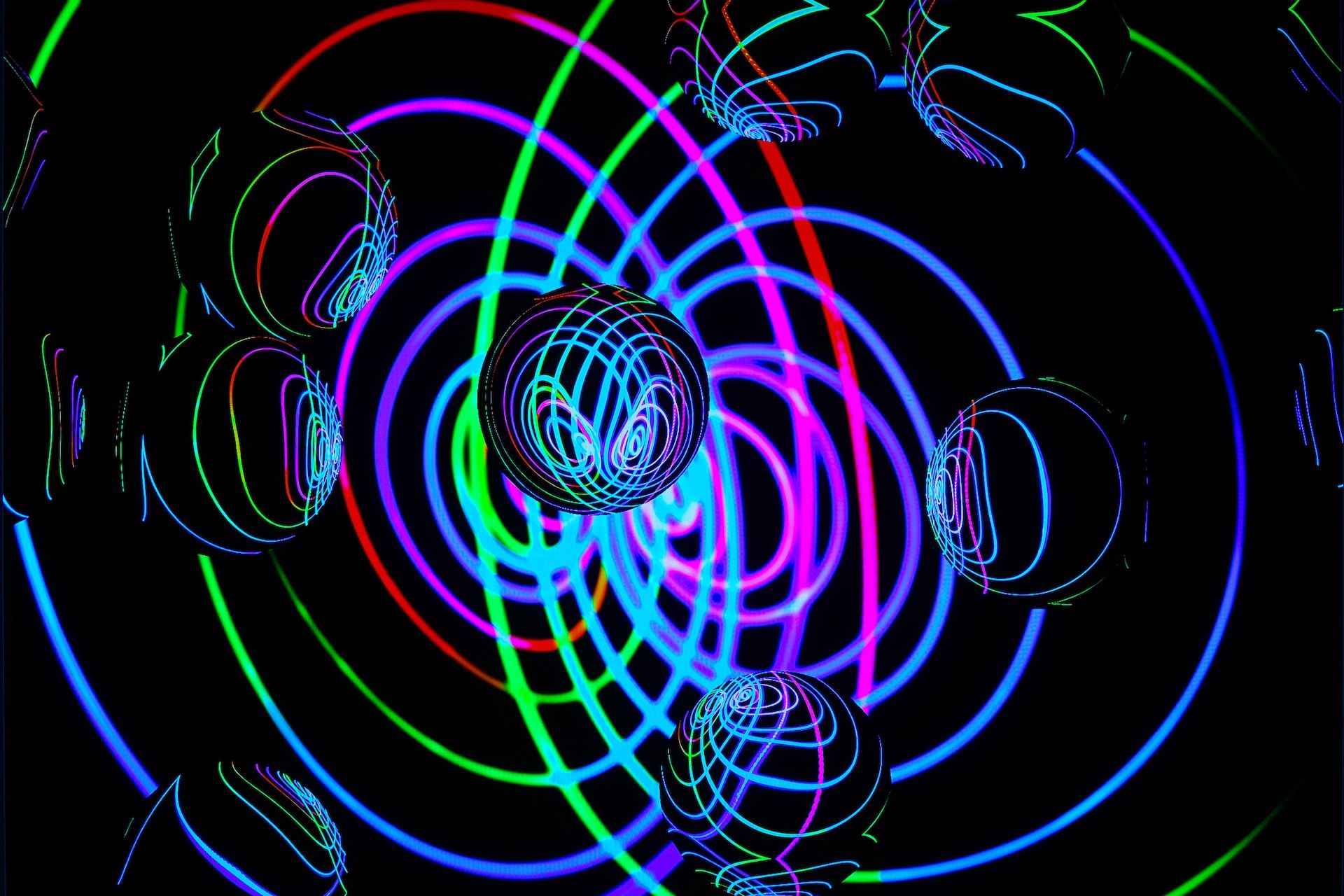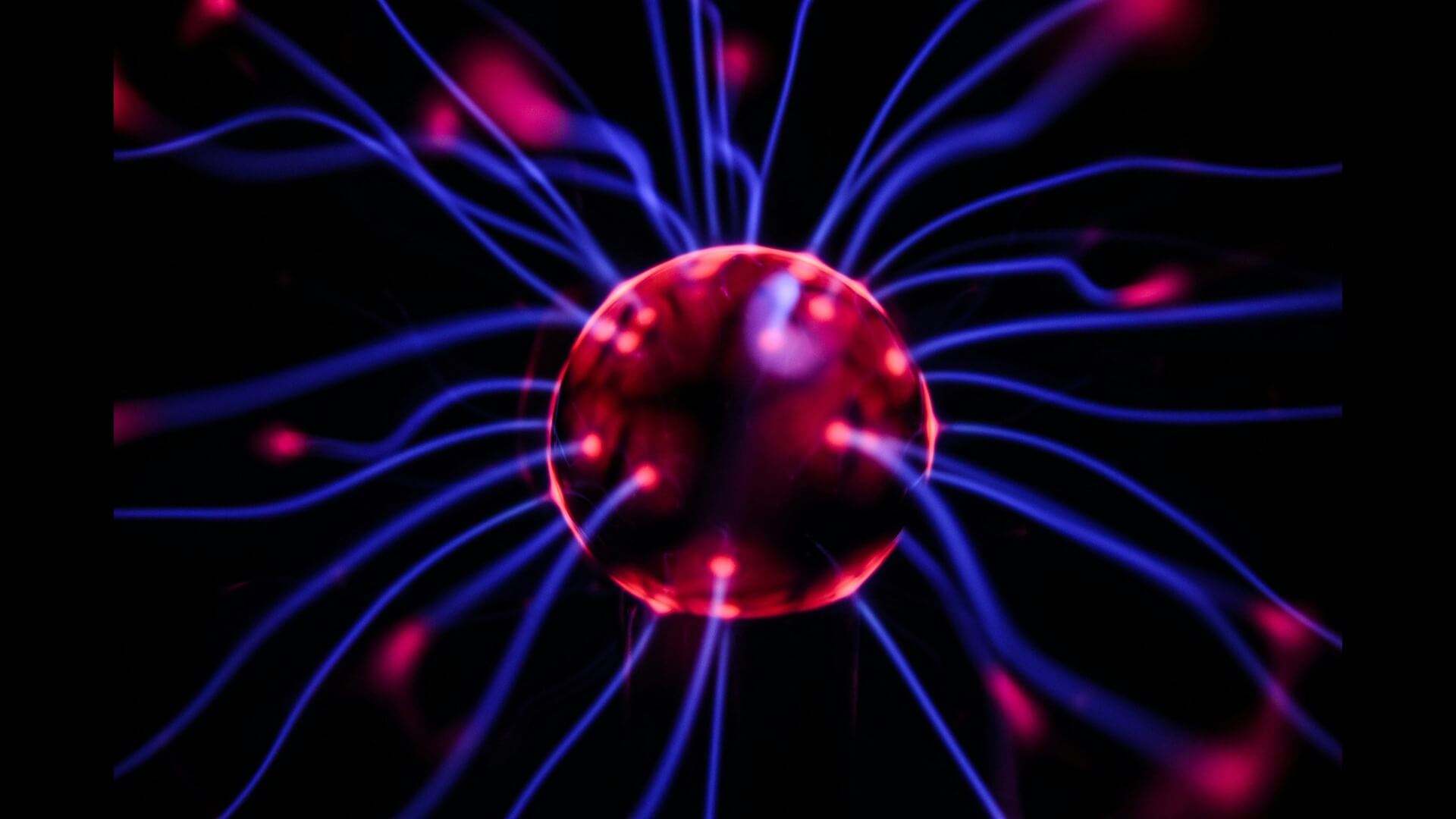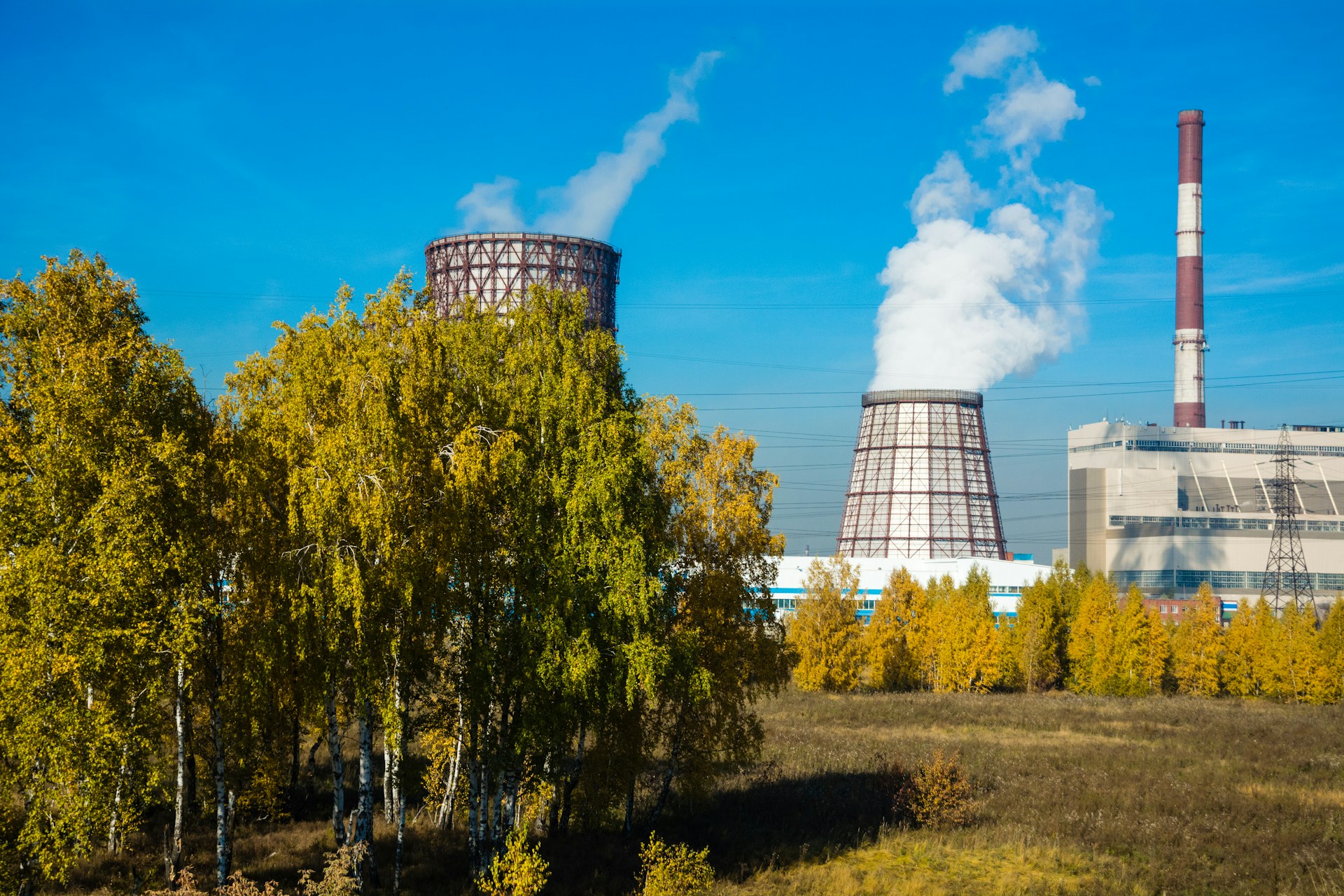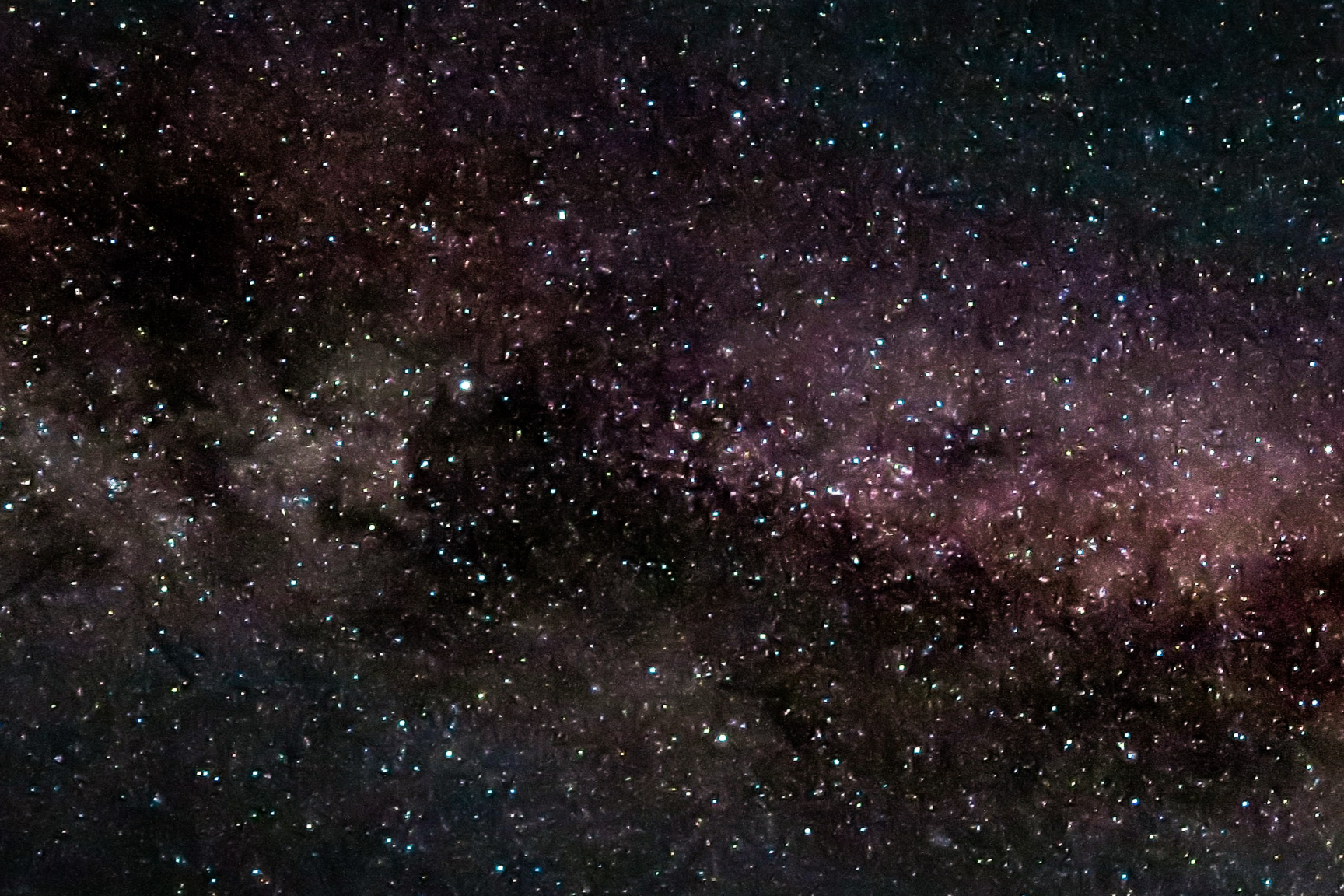
Dark Matter and Dark Energy: Common Misconceptions
May 5, 2022 - Ellie Gabel
Revolutionized is reader-supported. When you buy through links on our site, we may earn an affiliate commission. Learn more here.
Space is big. The universe that the human race calls home is so vast that even the strongest telescopes can’t see the edge. Despite or perhaps because of these distances, scientists had long believed there was nothing but empty space between solar systems. However, dark matter and dark energy fill much of that space. Around 84% of the Milky Way is made up of these materials. What are dark energy and dark matter, and what are some of the most common misconceptions surrounding these two elusive celestial substances?
What Is Dark Matter?
Understanding the misconceptions surrounding dark matter and dark energy starts with learning about these elusive substances themselves. The Oxford Dictionary defines dark matter as “nonluminous material that is postulated to exist in space and could take any of several forms.” These forms could include weakly interacting particles, also known as cold dark matter, or high-energy particles created soon after the Big Bang, referred to as hot dark matter.
Dark matter doesn’t generate light or energy. It also doesn’t appear to absorb or reflect any light or energy waves, making it essentially invisible to the naked eye and all forms of existing monitoring equipment.
How do researchers know dark energy exists if they can’t observe it directly? They can watch how it interacts with things they can see. Dark matter has been known to alter the way stars and galaxies move, and it makes up more of the universe than visible matter. The planets and stars that astronomers can observe only account for about 5% of the makeup of the galaxy. Dark matter makes up about 27%.
What Is Dark Energy?
What makes up the rest of the universe if 27% is dark matter and 5% is visible matter? That is where dark energy comes in. It exists, but scientists don’t know much about it.
Albert Einstein was the first to theorize that the large gaps between stars and planets were not just space. According to his theory of gravity, empty space could potentially possess its own energy. Unlike dark matter and visible matter, Einstein theorized that the universe’s expansion doesn’t dilute dark energy because it is a feature of that not-so-empty space between stars and planets.
This is just one theory. Other researchers say this energy could be made up of temporary virtual particles that form and disappear. There’s also a theory that something else entirely — a dynamical energy fluid or field — might fill up all that space.
The fact is that while researchers understand that the majority of the universe is made up of something that can’t be seen, it also can’t be studied or truly understood. This has led to several misconceptions, both in public spaces and laboratories.
Dark Matter and Energy Misconceptions
The list of things researchers don’t understand about dark matter and energy is far longer than what they do know or can prove. Here are some of the most common misconceptions surrounding dark matter and energy.
There’s No Difference Between Dark Matter and Dark Energy
One of the most common misconceptions surrounding dark matter and dark energy is that the labels are interchangeable. It’s easy to assume that just becoming something has the word “dark” in the name that it’s all the same. That couldn’t be further from the truth. As far as astrophysicists know, the only thing these things have in common is their name — and they’re both called dark simply because scientists don’t know what they are.
As researchers understand it, dark matter exerts a gravitational force and attracts things to it. On the other hand, dark energy may be contributing to the continual expansion of the universe. The fact remains that there is so much that science doesn’t understand about dark matter and energy that researchers can’t afford to make assumptions about these celestial constants.
It’s All the Same Stuff
Researchers understand so little about dark matter that everything they do know could be proven wrong in the next few decades. One of the biggest assumptions is that dark matter is all made up of one type of material.
This assumption would be contrary to everything astrophysicists have seen in the observable universe. Even things that appear primarily composed of a single element often have other trace elements mixed in. The massive dust clouds that birth stars are mainly made of hydrogen and helium. Still, carbon, nitrogen, magnesium and iron also exist and are essential to the star’s creation.
There is no reason to assume dark matter is any different, especially since it makes up such a large portion of the universe.
The Cosmological Constant
The cosmological constant is a variable that Albert Einstein inserted into his equations to help balance his theory of general relativity. When he published this theory in 1915, the field of physics believed that the universe was static. This constant allowed Einstein to fudge his equations enough to make sense of his hypothesis. Of course, it only took 10 years and an observation by Edwin Hubble to disprove the cosmological constant.
Understanding that the universe expands means that if the theory about dark energy being a feature of the space between star systems proves true, dark energy will perpetually increase in strength. The misconception of the cosmological constant assumes that dark energy will always have the same power because it’s a fixed value that is the same across the entire universe.
The Light Speed Limit
Many current theories surrounding dark matter and dark energy date back to the early 1900s. In addition to introducing the cosmological constant, which has already been proven false, the theory of general relativity assumed there is a cosmic speed limit that nothing can attain. This is the speed at which photons travel, otherwise known as the speed of light.
What does that mean for astrophysics and understanding dark matter or dark energy? These substances are invisible to modern detection methods because they may be traveling faster than light. Some physicists theorize that these particles could be moving so fast that the photons that would reflect and alert researchers to their presence can’t even catch up.
Does Dark Matter Exist at All?
With all these theories and guesswork, it’s fair to ask: Does dark matter exist at all? Currently, its existence is just a theory and one that not everyone subscribes to. Some speculate that the idea of dark matter was invented to make astrophysics data fit the models they were describing. Other theories, such as Modified Newtonian Dynamics (MOND), are the leading alternatives to dark energy and dark matter hypotheses.
MOND is very similar to currently accepted theories of Newtonian Gravity, with one major difference — the speed of acceleration. MOND has some basis in reality. Its gravitational acceleration calculations at a threshold smaller than 10-10 m/s2 work for all measured galaxies, regardless of size or age.
While the concept of dark matter dates back to Einstein’s theory of relativity, MOND is only about three decades old. Even if they haven’t proven its existence yet, astrophysicists prefer the dark matter theory over MOND for its versatility. In a head-to-head test, MOND could not produce the same results as dark matter theories, which means many are planning to abandon it in favor of dark matter.
In the decades to come, research may prove that dark matter and dark energy don’t exist, but for the moment, it is still the best theory physicists have to explain what is going on in the universe.
Looking Toward the Sky
There is still so much the human race doesn’t understand about the universe it inhabits that it could fill a book that would reach the moon and back and still be missing some chapters. Researchers and astrophysicists are working with what they have to improve humanity’s understanding of the universe. They understand more than they did 50 years ago, and who knows what will be learned 50 years from now.
Dark matter could be the key to unlocking the secrets of the universe.
Revolutionized is reader-supported. When you buy through links on our site, we may earn an affiliate commission. Learn more here.
Author
Ellie Gabel
Ellie Gabel is a science writer specializing in astronomy and environmental science and is the Associate Editor of Revolutionized. Ellie's love of science stems from reading Richard Dawkins books and her favorite science magazines as a child, where she fell in love with the experiments included in each edition.
